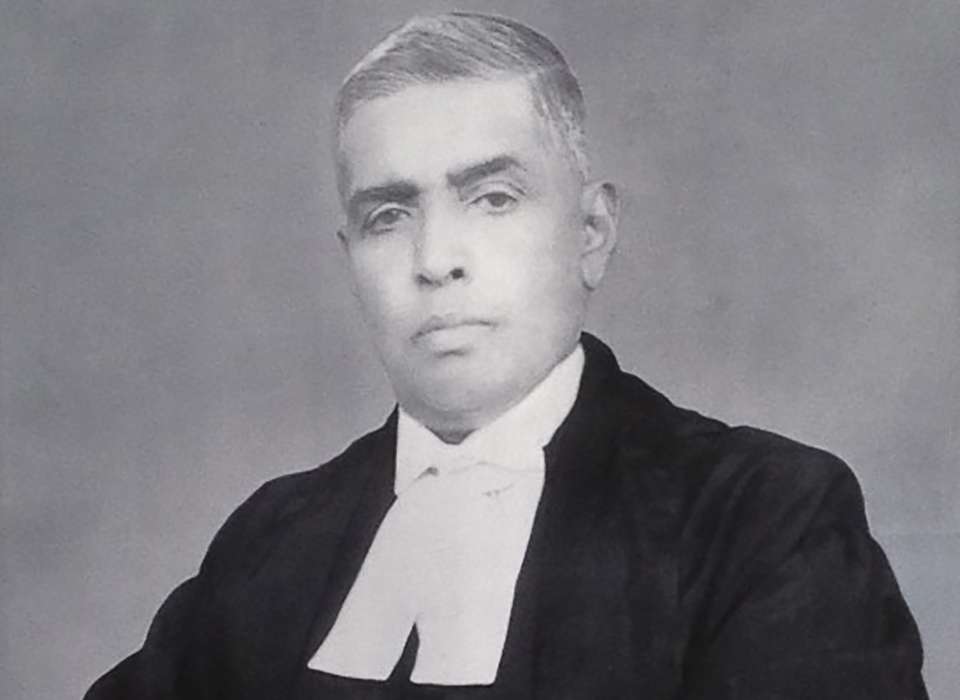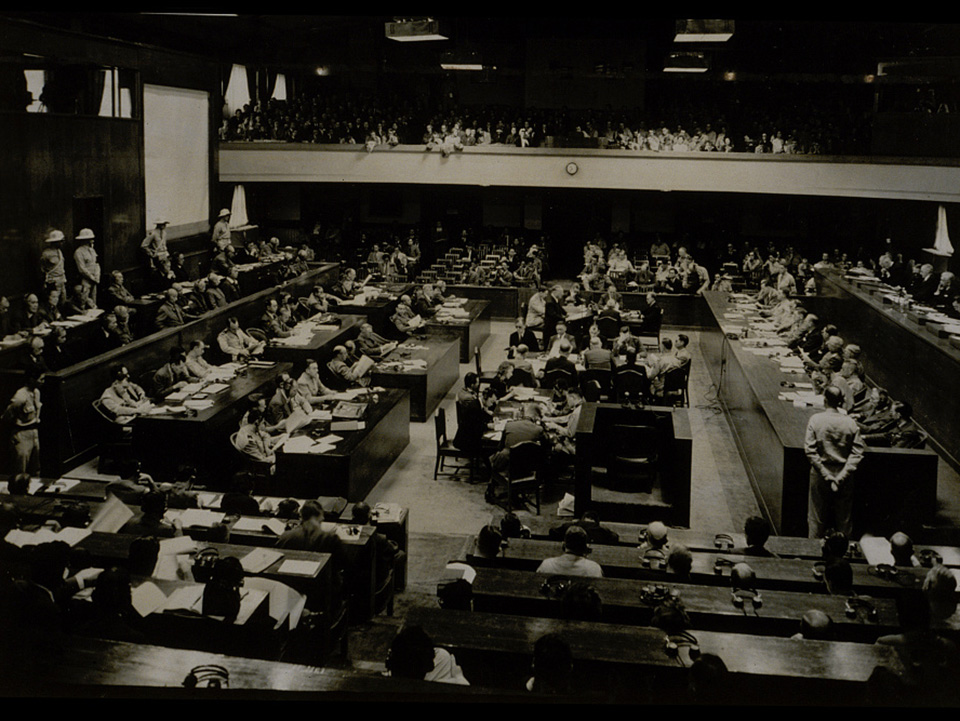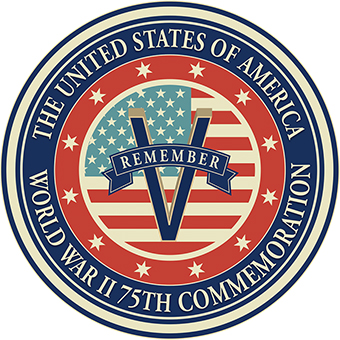Top Image: Justice Radhabinod Pal. Courtesy of Wikimedia Commons.
On November 4, 1948, the International Military Tribunal of the Far East, usually referred to as the Tokyo Tribunal, issued its verdicts. After 31 months and more than 800 court sessions, the trial of 25 major Japanese leaders had concluded. On November 12, seven death sentences were handed down, 16 were condemned to life imprisonment, one to 20 years, and another to seven years. Yet the Tribunal’s work does not command a place in public memory comparable to that of the International Military Tribunal in Nuremberg. Ambivalence characterizes so many of the appraisals of it.
One of the pivotal distinctions between “Japan’s Nuremberg” and its more famous predecessor was the disunity so evident among the 11 justices, each representing a distinct nation. The verdicts had resulted from majority votes. In the case of the majority judgment, eight justices backed the conclusions released and read aloud in the courtroom in Tokyo’s Ichigaya district. Opposing their conclusions were the Dutch and French judges, as well as Justice Radhabinod Pal (1886-1967), the Tribunal’s representative from India and a judge on the city of Calcutta’s high court.
Pal’s dissent, more than 1,230 pages in length, reveals the fissures within the attempts to bring to justice Japanese war criminals. The last of the justices selected for the Tokyo proceedings, Pal, who had acquired his knowledge of international law as an auto-didact, joined after protests from India about the lack of diversity on the Tribunal. His addition did not alter, however, the undeniable fact that the “trial was fundamentally a white man’s tribunal,” as historian John Dower stated so sharply.
Justice Pal, an expert on the history of law in India dating back to ancient times and a fervent advocate of national sovereignty as the basis for legal systems, was not content to be a token non-white. It is hardly surprising that he advocated nationalism and anti-imperialism. During the long trial, his country finally achieved independence. His hostility to Western colonialism had not abated though. From the outset, there was little doubt about how Pal would vote. Still, for contemporary readers, his jarring decision to acquit all 25 Japanese defendants on all counts necessitates careful examination.
Conspicuously absent from the dock was Emperor Hirohito, the figure who had been in power longer than any of the 25. Chief Prosecutor Joseph Keenan, an American, had announced in mid-June 1946 that Hirohito would not face trial. The defendants, including Hideki Tojo, Heitaro Kimura, and Iwane Matsui, were classified as Class A criminals and tried for crimes against peace, war crimes, and crimes against humanity. These categories, transposed from the Nuremberg Trial to the events of World War II in Asia, Pal strongly rebuked. Rejecting the legal validity of the notions of crimes against peace and crimes against humanity, he declared that these laws were only invented “for the satisfaction of a thirst for revenge.” The Tokyo Tribunal dispensed self-aggrandizing victors’ justice, he indicated.
Chief Prosecutor Joseph Keenan at the Tokyo Tribunal. Courtesy of Tom Shafer, Library of Congress, Prints and Photographs Division, Washington, DC 20540 USA.
In his dissent, Pal advanced a historical perspective that integrated Japanese actions in Asia and the Pacific within the broader story of British, French, and Dutch colonialism. Japanese policy could not be separated, he contended, from that story of oppression, exploitation, and humiliation of Asian-Pacific peoples. Indian troops had been called on to fight for Britain continents away from their homes. Pal certainly spoke for many when he addressed Imperial Japan’s moves as responses to Western dominance. He completely rejected the prosecution’s fundamental claim of a conspiracy within the Japanese ruling class to wage war dating back to 1928.
It was not solely the old European powers that Pal assailed. He also went after the United States, especially for the obliteration of Hiroshima and Nagasaki. The atomic bombings of those two Japanese cities he judged to be among the most wantonly criminal acts of World War II.
From the list of positions just sketched here, one might draw the conclusion that Justice Pal was fervently pro-Japanese. That would overstate his sympathies, however. He did think the Japanese had committed war crimes and atrocities, such as the Nanjing Massacre in 1937. Those acts, he believed, should have been classified and punished under the Class B and C categories (which covered more conventional crimes of war). If, like many other Asian nationalists, Pal felt some sympathy for Japan’s willingness and ability to stand against the West, he certainly did not ultimately see Japanese imperialism as a boon for Asia.
For those who view Pal as a seminal figure in the lineage of anti-colonialism, any assessment of his politics cannot neglect his anticommunism. In fact, he defended Japanese actions as, to a degree, legitimately defensive in nature, asserted against the threat of communist revolution in East Asia. This was not a critique from the left of the Stalinism of these movements, a position already available since the late 1920s. On these points, Pal found himself in quite conservative company, sharing an anticommunist ideology that many American policymakers would eagerly embrace right as the curtain drew on the International Military Tribunal of the Far East.
Radhabinod Pal’s own legacy is thus quite ambivalent. As Norimitsu Onishi wrote, many in Japan, including former Prime Minister Shinzō Abe, have celebrated him as their champion and quoted his dissent at Tokyo quite selectively. A monument dedicated to Pal is at the controversial Yasukuni Shrine for the Japanese war dead in Tokyo. For participants in the struggles for freedom from European and American control, Pal has also been an inspiration. Yet, in both cases, he expressed complex and (from the standpoint of emancipatory politics) problematic political claims that prevent his full assimilation by either.
This article is part of a series commemorating the 75th anniversary of the end of World War II made possible by the Department of Defense.
Jason Dawsey, PhD
Jason Dawsey, PhD, is ASU WWII Studies Consultant in the Jenny Craig Institute for the Study of War and Democracy.
Cite this article:
MLA Citation:
APA Citation:
Chicago Style Citation:







![Max Fuchs, New York City cantor, sings as Rabbi Sydney [sic] Lefkowitz, Richmond, VA, conducts the first Jewish services from Germany.](/sites/default/files/styles/max_650x650/public/2025-10/image1.jpg)



